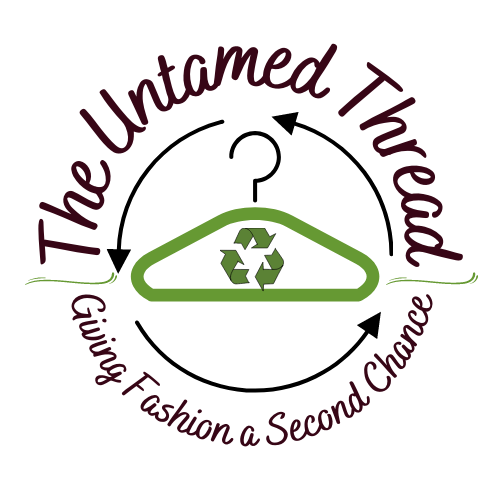One day I was searching Google looking for local thrift and resale stores and I noticed a customer comment with a low rating for one of my local resale shops. The person's comment was critical of the prices, indicating that $38 was too much to pay for a thrift sweatshirt. The owner of the store was extremely professional and responded to let the person know that they are not a thrift store but a resale store that takes care and time to hand-select vintage and modern pieces. They ensure that all pieces are in great condition and may need to be cleaned or repaired before they can go on the floor for sale. In addition, they have to pay for the pieces so as a business, they need to price accordingly to ensure a profit. The owner then explained that this sourcing method is in contrast to a thrift store that typically receives donations to sell and will accept and sell pieces with stains, tears and other flaws.
So this got me thinking, how many other people out there are confusing a thrift store with a resale store? My guess is a lot so I am here to let you know that there is a difference. Here are some of the nuances and they do matter to those of us who do own and operate resale shops. Note that when referring to “resale” shops in the blog, this is also inclusive of “consignment” shops. Consignment shops enter in agreements with individuals who want the shop to sell their clothes for them and the shop sets a commission fee for their services.
Disclaimer: The chart below is a “general” description of how each type of store operates but some individual owners/businesses may do things a bit differently. This comparison is also mainly related to clothing, shoes and fashion accessories, which is what we are most knowledgeable about.
|
Thrift Stores |
Resale Shops |
|
|
Inventory |
Relies on donations. Pieces with stains and flaws are often accepted and put on the floor for sale. Pieces are typically not washed, cleaned or repaired. |
Sources from multiple places including thrift stores, liquidation sales, wholesale markets, consignment and even yard sales. Hand-picked pieces are often free of stains and other flaws and store owners will take the time and expense to wash, dry clean and/or repair pieces so they can be sold in great condition. |
|
Cost of Goods |
Majority of goods for sale are free through donations. |
Depending on the source, brand, age and condition of the goods, resale shops can pay anywhere from $1 to over $100 per piece. |
|
Business Model |
Typically non-profit, although some thrift stores are for-profit. |
Typically a for-profit model. Resale stores operate like any other for-profit “retail” business that has to buy low and sell high to cover all business expenses. |
|
Pricing |
Lower prices are typically offered since there are little to no inventory costs. Pricing is also lower because the majority of thrift stores are also helping their community members to obtain basic needs at a more reasonable price than retail or resale. |
Pricing is generally somewhere between a thrift store and retail store. Resale shops typically offer 60%-90% below retail for both pre-loved and new pieces. |
|
Impact |
Many thrift stores utilize the revenue from the store to support other social programming. Thrift stores also help to extend the life cycle of clothing and other goods by keeping them out of landfills. |
Like thrift stores, resale shops help extend the life cycle of clothing and other goods that would otherwise end up in a landfill. They also offer preloved and new pieces in great or excellent condition at a price that is still lower than retail. |
So there you have it! I hope this helps you when you head out on your secondhand shopping trip to know what to expect when you see a “Thrift Store” sign versus a “Resale Boutique” sign. Either way, there are likely to be amazing treasures inside.
Thank you for shopping resale, or thrift, over retail and for supporting our small business in our mission to Give Fashion a Second Chance.

